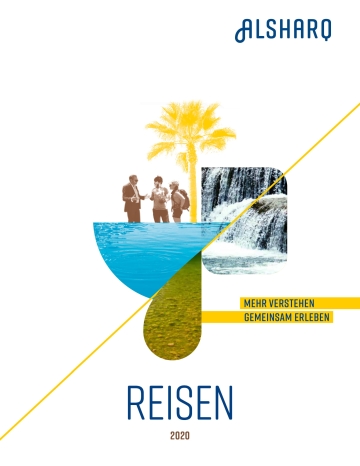With Egypt in turmoil and Israel’s blockade in place, Gaza’s isolation has been tightened. The only operating border crossing Rafah, connecting Gaza to Egypt, currently operates four hours a day, providing an exit exclusively for Palestinians with foreign passports or in medical emergencies. Meanwhile, Gaza has almost entirely disappeared from international media reporting. Ayman Qwaider, a young blogger from Al Nuserate refugee camp in Gaza, about the situation on the ground and the need to report it.
The Gaza Strip is under near total blockade, imposed by Israel and Egypt, since 2007. Since the army’s takeover in Egypt, the only crossing point with Egypt, Rafah, has remained closed. As the borders with Israel are almost completely closed to Palestinians, hundreds of Palestinians with permits are now unable to leave or return to Gaza. This has had a very negative impact on all aspects of daily life aspect in Gaza – socially, economically, and in terms of education.
Palestinian students, patients, those who have permits to leave Gaza – including me – have been exploring the possibilities to travel via Erez crossing to Israel to join their universities, go for hospitalization or attend conferences or training programs. However, neither Erez nor Rafah crossing points are open for Palestinians to leave. Basically, a systematic policy of isolation is being practiced against 1.7 million Palestinians living in Gaza, denying them basic human rights.
For now, changing regional realities, ongoing Israeli occupation and internal political conflict have a dramatic impact on Palestinians' daily life. What is little more than mere discussion for politicians is daily life forPalestinians in Gaza. The current situation is one of deprivation.
Among other things, the power supply has been a devastating problem for Palestinians in Gaza, with over eight hours of electricity shortage per day. During nighttime, Gaza city turns into a ghost city, mainly in darkness and drowned in load noise of power generators, which Palestinians were forced to "accept" as a part of their daily life. Moreover, the fuel crisis is strikingly obvious in Gaza nowadays. You can see long rows of cars and taxis waiting to fill their petrol tanks to be able to pursue their daily business. The new school year is about to start in Gaza, but several schools, which were either destroyed or damaged during the recent war on Gaza, have not yet been (re)constructed to accommodate the high number of students. This has forced directors of certain schools to run their schools in double shifts – a system now very common in Gaza.
Off the coast, fishermen continue to be harassed by Israeli gunboats, severely affecting their livelihoods. Only days ago, Israeli army ships again opened fired at Palestininian fishing boats called hasakas. Israeli forces practice all forms of attacks from a range of one mile up to six miles to the shore, putting the fishermen’s lives and boats at constant and unpredictable risk.
This is just my very short overview of the situation here in Gaza. People here are following the news from Egypt closely. Meanwhile, Gaza hardly appears in the international media anymore. I hope with these lines I can help bringing Gaza to light again!
Ayman Qwaider, 25, lives in Al Naserate Camp in Gaza. Visit his blog: http://aymanqwaider.wordpress.com

















